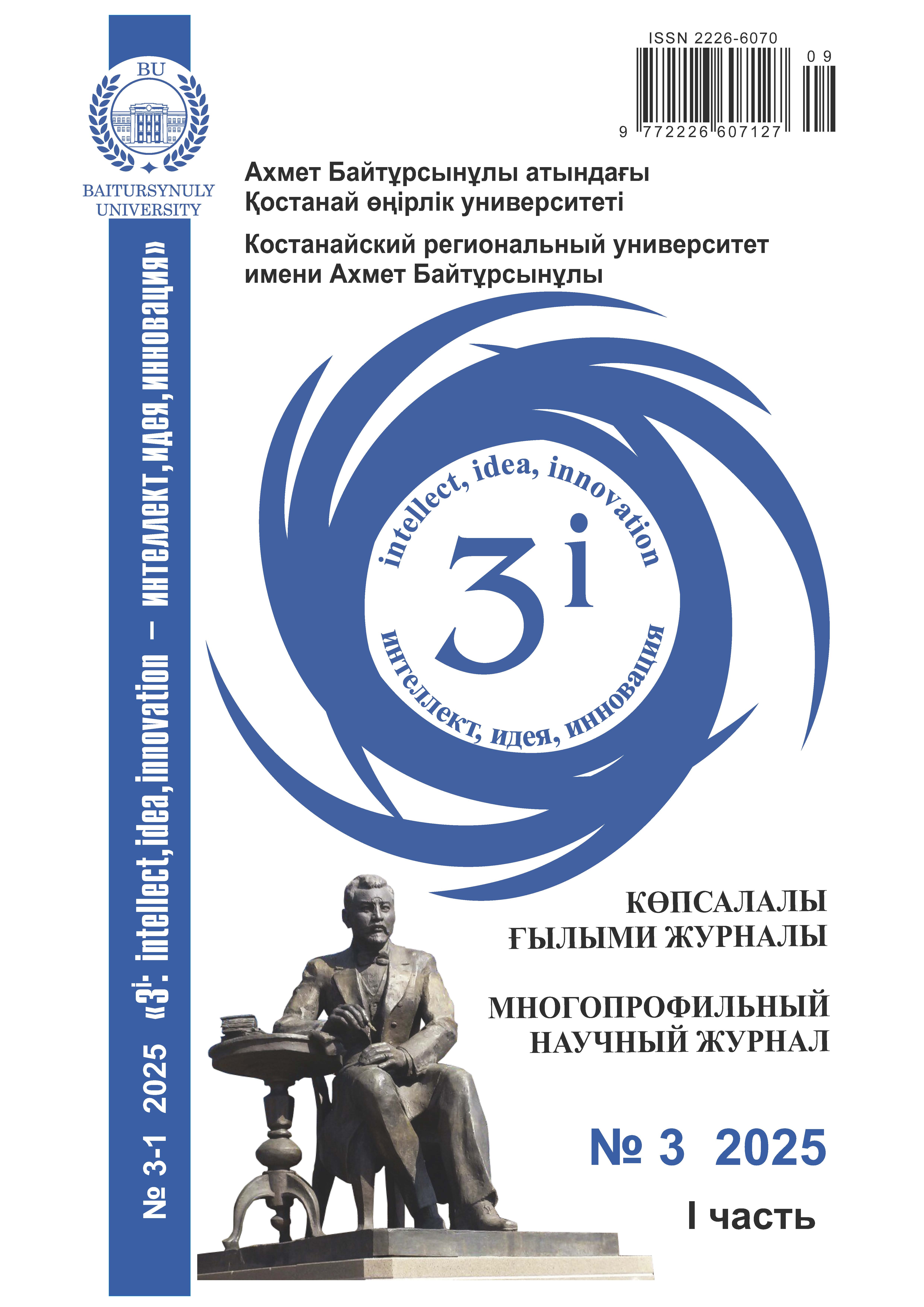DEVELOPMENT AND PRODUCTIVITY OF SPRING WHEAT AT VARIOUS SOWING TIMES ON CHERNOZEM SOILS OF NORTHERN KAZAKHSTAN
DOI:
https://doi.org/10.52269/KGTD2531263Keywords:
spring wheat, sowing time, stubble predecessor, vegetation period, yield, grain qualityAbstract
The choice of the sowing time of agricultural crops is an agrotechnical technique that allows you to place plants in certain growing conditions throughout the growing season, which has a significant impact on their productivity. The purpose of the work is to identify the optimal sowing dates for spring wheat, cultivated as a third crop after fallow (stubble background), providing suitable conditions for plant growth and development (air temperature, precipitation), high yields and product quality in a changing climate of Northern Kazakhstan. According to the research results, it was found that the best conditions for spring wheat cultivated on a stubble predecessor, namely, growth and development according to the studied options in 2023, were noted at sowing dates starting from May 25. The maximum yield of spring wheat depending on the sowing date was observed when sowing on May 27 – 24.06 c/ha, May 30 – 23.55 c/ha and June 05 – 22.55 c/ha, which exceeded the control option – sowing date of May 15 by 11.10 c/ha, 10.59 c/ha and 9.5 c/ha, respectively. Taking into account the current weather conditions in August and September 2023, it is worth noting the maximum quality indicators of spring wheat grain when sowing on June 05: the amount of protein in the grain was 15.2%, gluten content – 27.3%.




